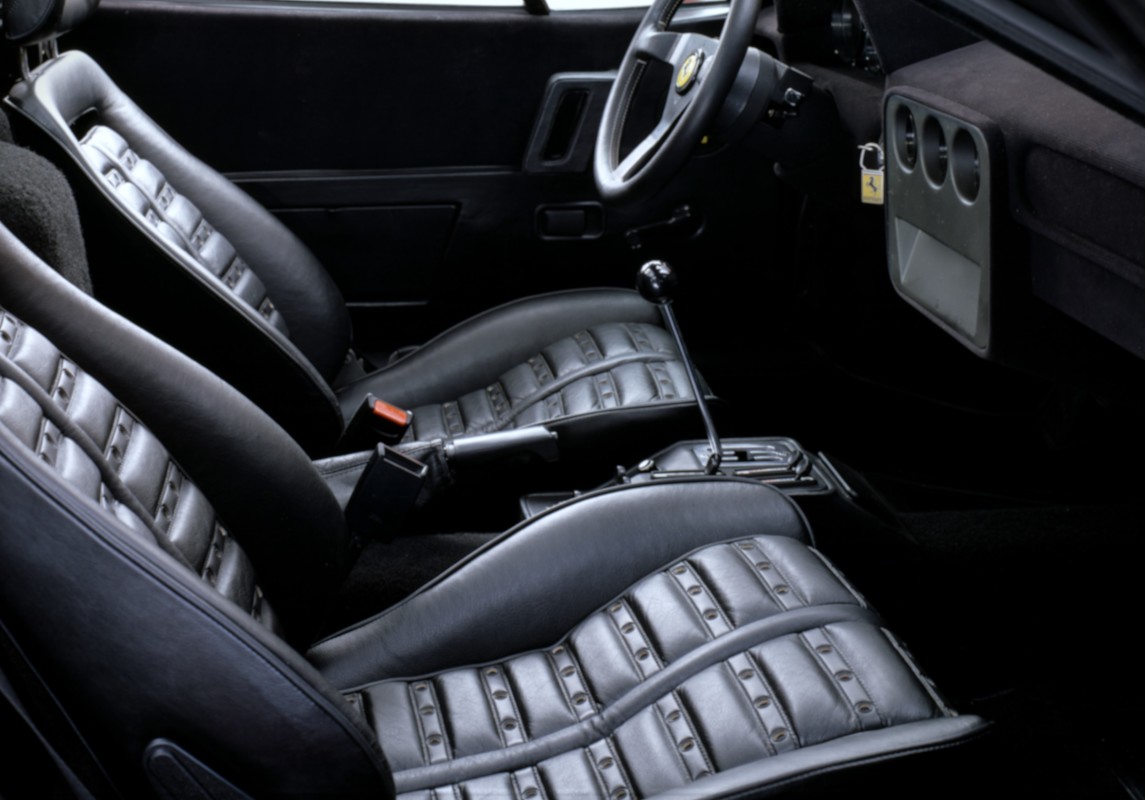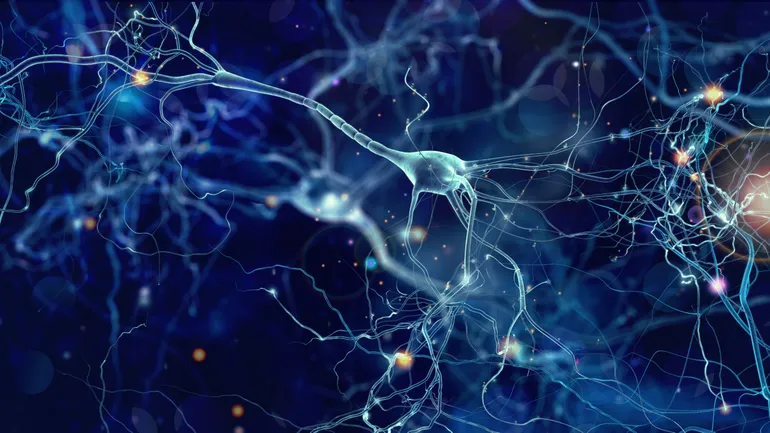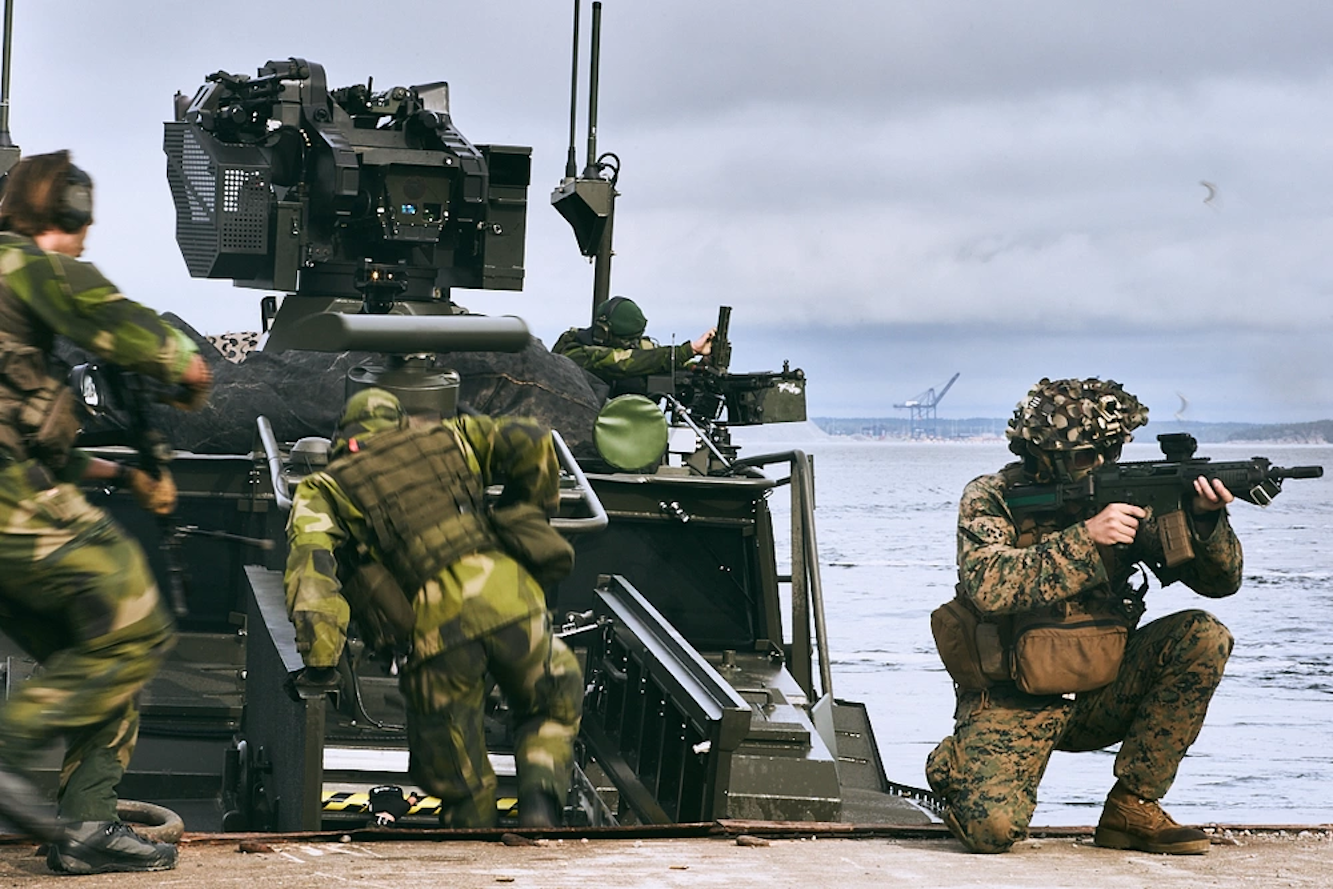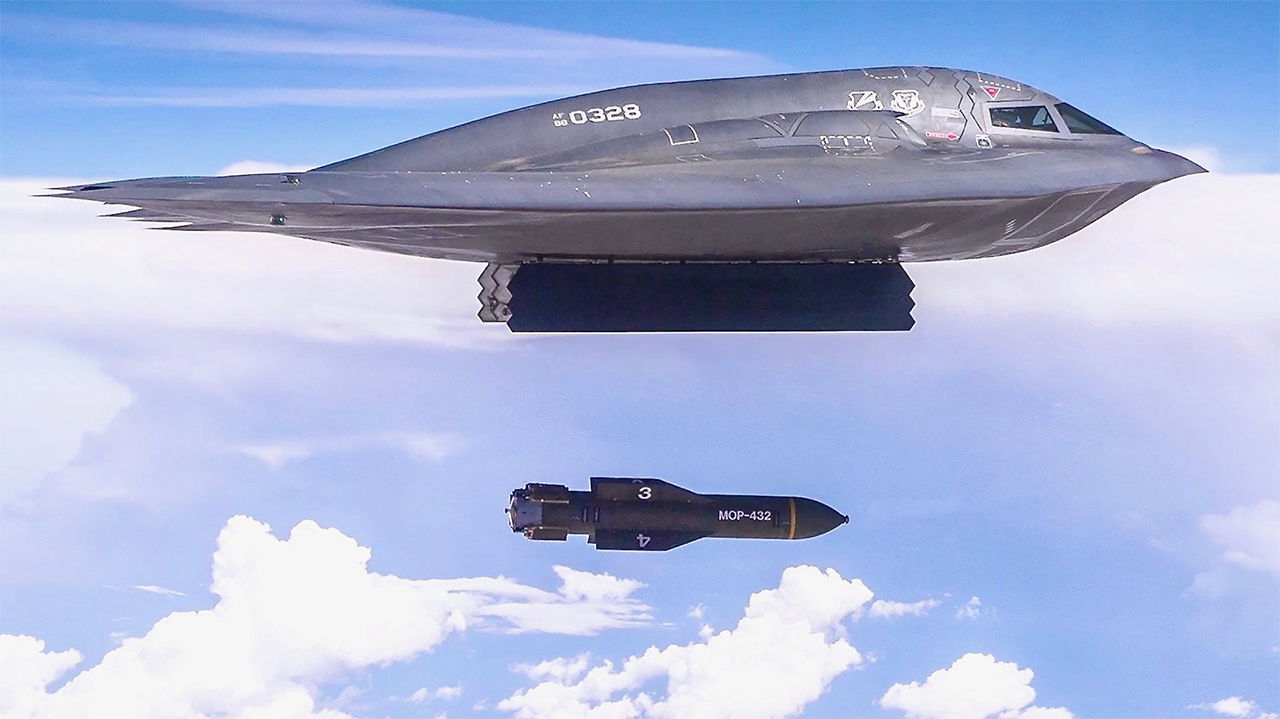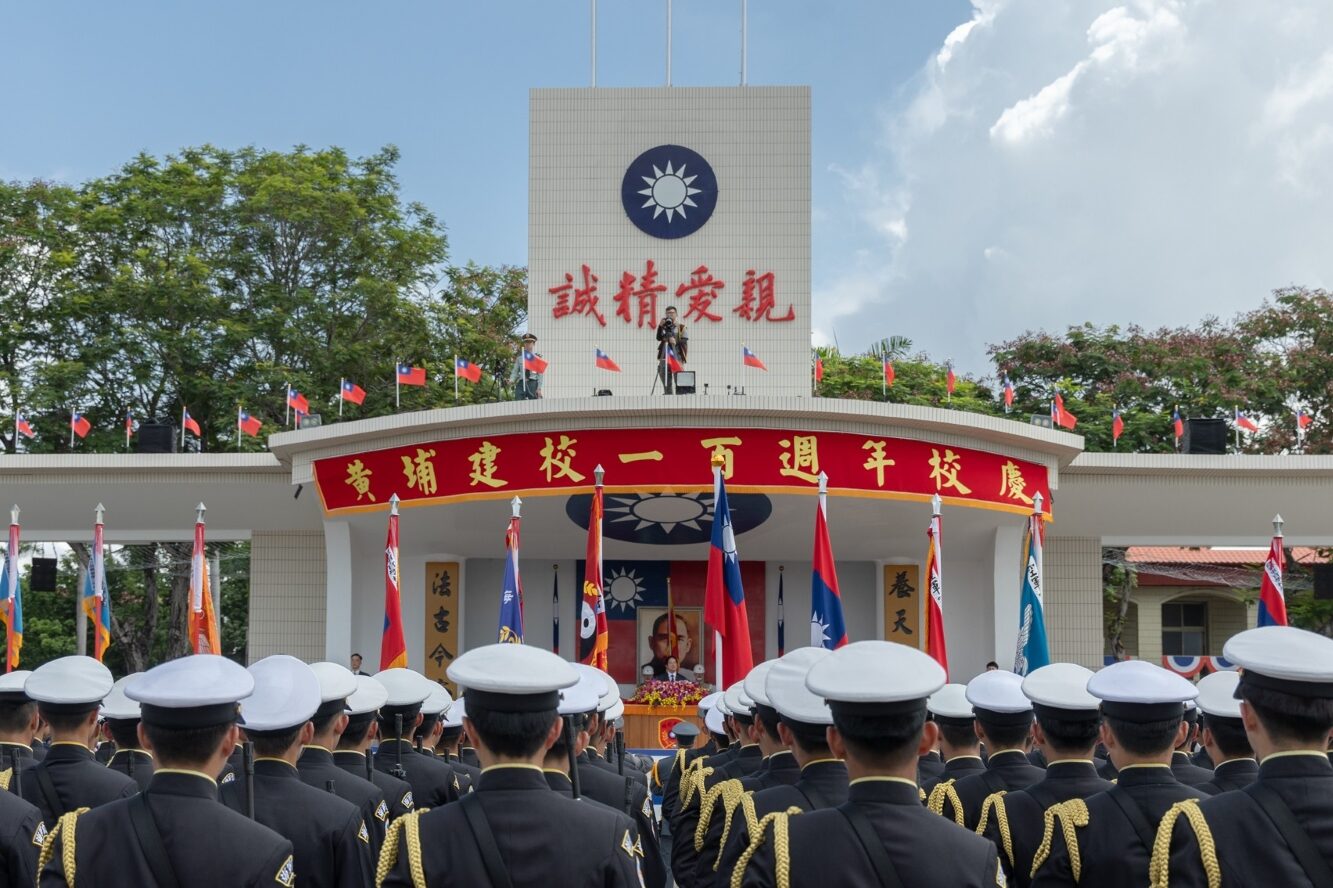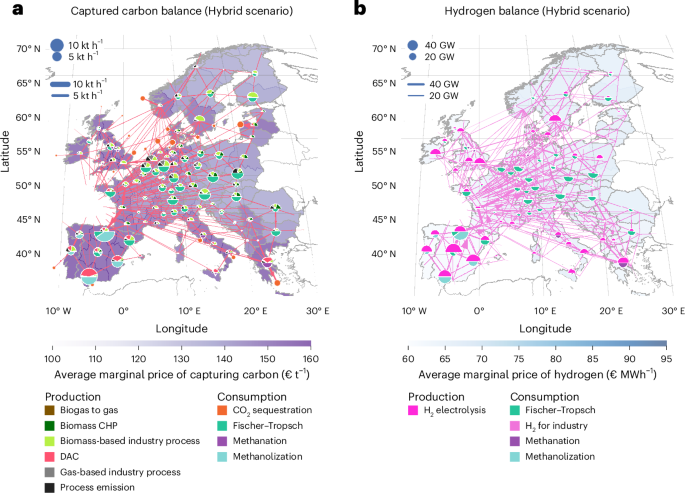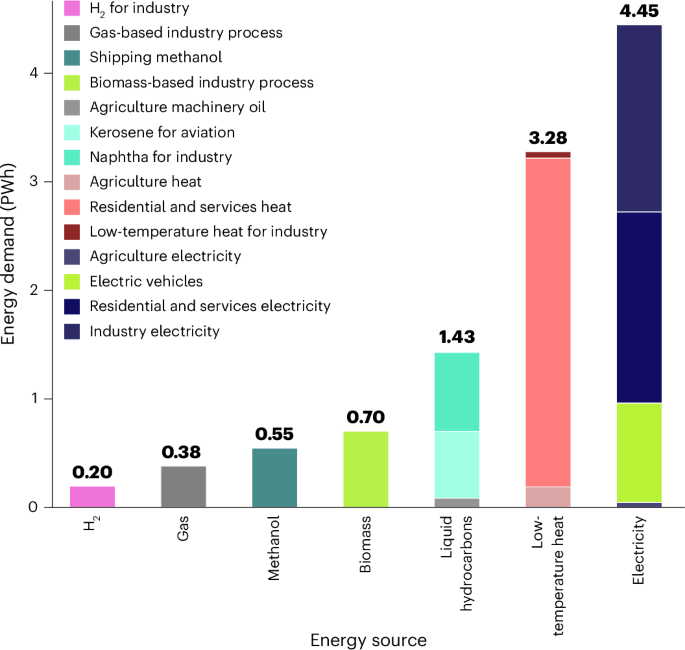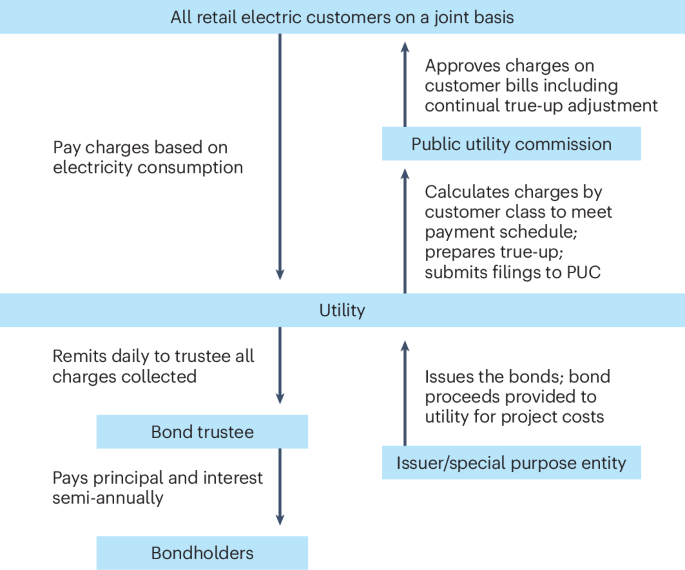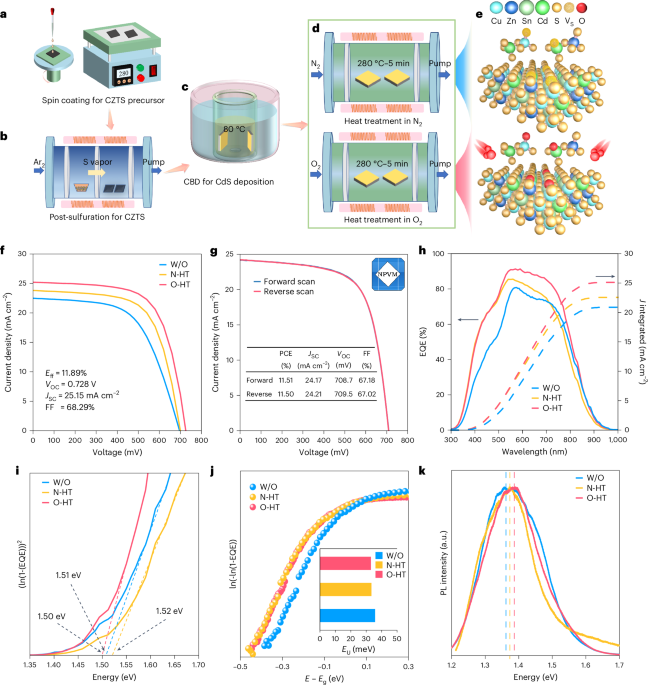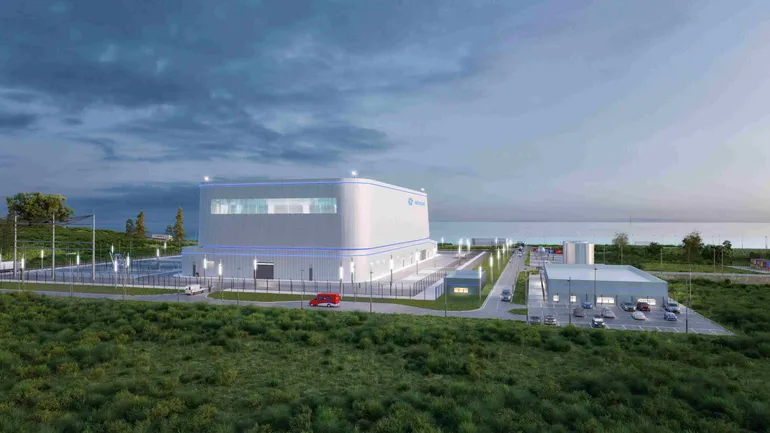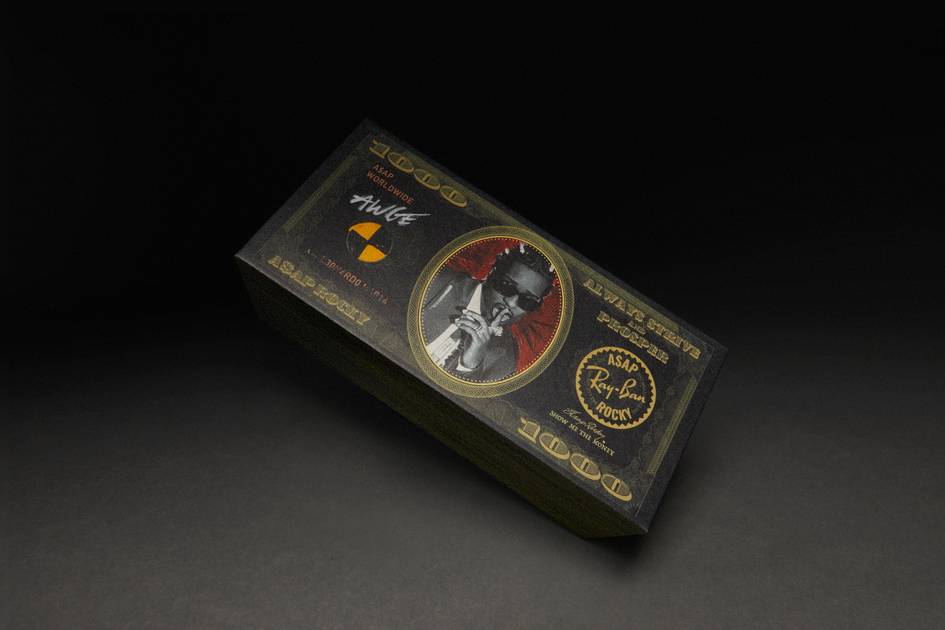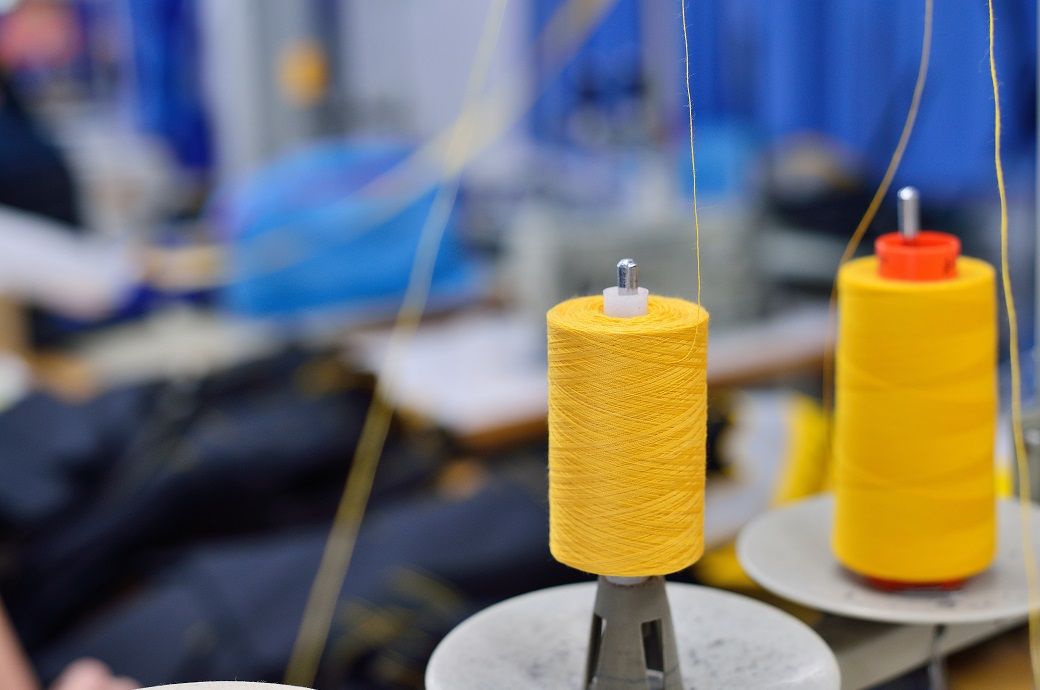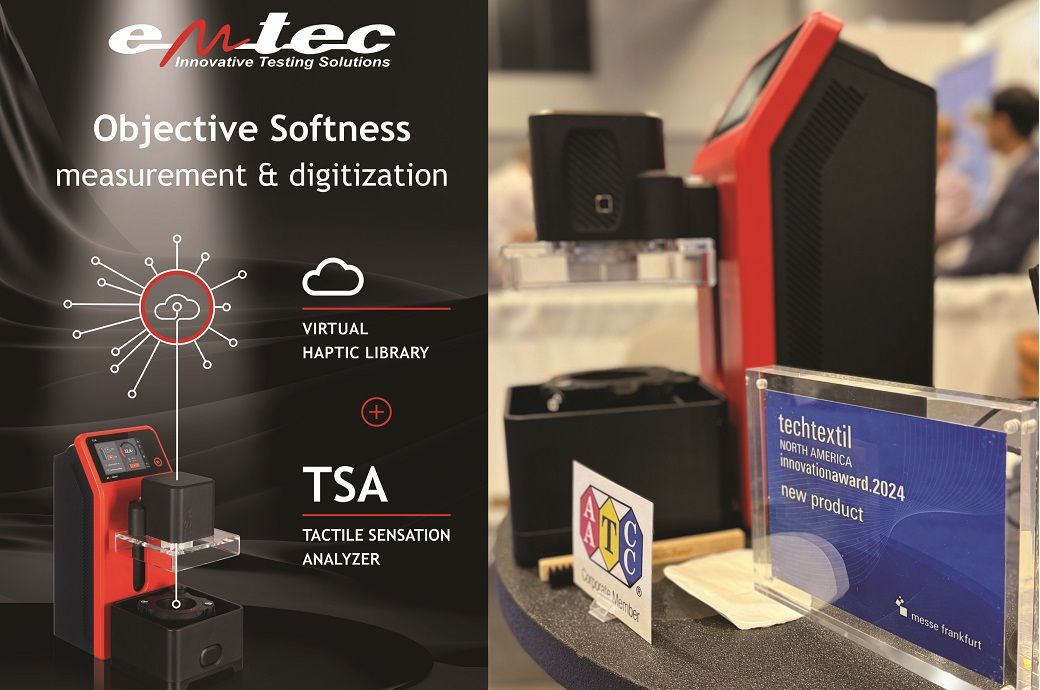Reanalysis of cryo-EM data reveals ALK-cytokine assemblies with both 2:1 and 2:2 stoichiometries
by Jan Felix, Steven De Munck, J. Fernando Bazan, Savvas N. Savvides Activation of Anaplastic lymphoma kinase (ALK) and leukocyte tyrosine kinase (LTK) by their cognate cytokines ALKAL2 and ALKAL1 plays important roles in development, metabolism, and cancer. Recent structural studies revealed ALK/LTK-cytokine assemblies with distinct stoichiometries. Structures of ALK-ALKAL2 and LTK-ALKAL1 complexes with 2:1 stoichiometry determined by X-ray crystallography contrasted the 2:2 ALK-ALKAL2 complexes determined by cryo-EM and X-ray crystallography. Here, we show based on reanalysis of the cryo-EM data deposited in EMPIAR-10930 that over half of the ALK-ALKAL2 particles in the dataset are classified into 2D and 3D classes obeying a 2:1 stoichiometry besides the originally reported structure displaying 2:2 stoichiometry. Unlike particles representing the 2:2 ALK-ALKAL2 complex, particles for the 2:1 ALK-ALKAL2 complex suffer severely from preferred orientations that resulted in cryo-EM maps displaying strong anisotropy. Here, we show that extensive particle orientation rebalancing in cryoSPARC followed by 3D refinement with Blush regularization in RELION constitutes an effective strategy for avoiding map artifacts relating to preferred particle orientations and report a 3D reconstruction of the 2:1 ALK-ALKAL2 complex to 3.2 Å resolution from EMPIAR-10930. This new cryo-EM structure together with the crystal structures of ALK-ALKAL2 and LTK-ALKAL1 complexes with 2:1 stoichiometry reconciles a common receptor dimerization mode for ALK and LTK and provides direct evidence for the presence of an ALK-ALKAL2 complex with 2:1 stoichiometry next to the reported 2:2 stoichiometric assembly in the EMPIAR-10930 dataset. Finally, our analysis emphasizes the importance of public deposition of raw cryo-EM data to allow reanalysis and interpretation.
by Jan Felix, Steven De Munck, J. Fernando Bazan, Savvas N. Savvides Activation of Anaplastic lymphoma kinase (ALK) and leukocyte tyrosine kinase (LTK) by their cognate cytokines ALKAL2 and ALKAL1 plays important roles in development, metabolism, and cancer. Recent structural studies revealed ALK/LTK-cytokine assemblies with distinct stoichiometries. Structures of ALK-ALKAL2 and LTK-ALKAL1 complexes with 2:1 stoichiometry determined by X-ray crystallography contrasted the 2:2 ALK-ALKAL2 complexes determined by cryo-EM and X-ray crystallography. Here, we show based on reanalysis of the cryo-EM data deposited in EMPIAR-10930 that over half of the ALK-ALKAL2 particles in the dataset are classified into 2D and 3D classes obeying a 2:1 stoichiometry besides the originally reported structure displaying 2:2 stoichiometry. Unlike particles representing the 2:2 ALK-ALKAL2 complex, particles for the 2:1 ALK-ALKAL2 complex suffer severely from preferred orientations that resulted in cryo-EM maps displaying strong anisotropy. Here, we show that extensive particle orientation rebalancing in cryoSPARC followed by 3D refinement with Blush regularization in RELION constitutes an effective strategy for avoiding map artifacts relating to preferred particle orientations and report a 3D reconstruction of the 2:1 ALK-ALKAL2 complex to 3.2 Å resolution from EMPIAR-10930. This new cryo-EM structure together with the crystal structures of ALK-ALKAL2 and LTK-ALKAL1 complexes with 2:1 stoichiometry reconciles a common receptor dimerization mode for ALK and LTK and provides direct evidence for the presence of an ALK-ALKAL2 complex with 2:1 stoichiometry next to the reported 2:2 stoichiometric assembly in the EMPIAR-10930 dataset. Finally, our analysis emphasizes the importance of public deposition of raw cryo-EM data to allow reanalysis and interpretation.

















